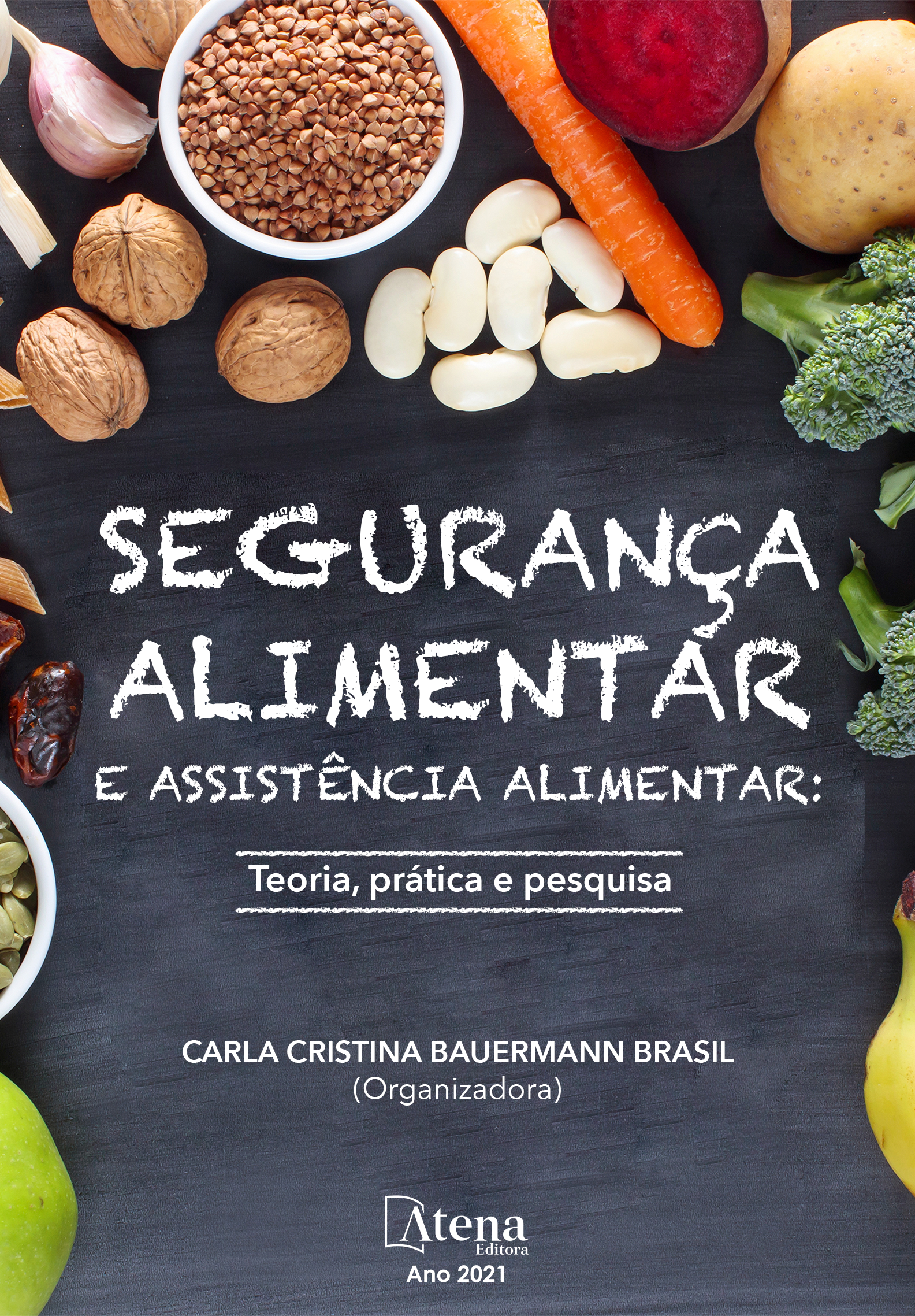
Clean in place (CIP) hygienization of different stainless steel geometries in pipelines contaminated with Pseudomonas fluorescens
A presença de biofilmes nas superfícies de processamento de alimentos é uma preocupação constante e pode causar prejuízos econômicos e impactos na saúde pública. O objetivo deste trabalho foi avaliar o desenvolvimento de P. fluorescens na superfície do aço inoxidável, analisar a higienização CIP considerando diferentes geometrias, investigar a fluidodinâmica do escoamento e determinar o consumo dos insumos neste processo. Um protótipo de linha de circulação com as características de um laticínio foi empregado. A amostragem da superfície foi feita com análise swab e o desempenho do processo foi avaliado com base nas reduções decimais nas contagens de UFC∙cm-2 e na contagem final. O estudo fluidodinâmico foi realizado com resolvedor numérico FLUENT e o consumo operacional foi determinado por meio de sensor de vazão e corrente elétrica. Os resultados mostraram que a P. fluorescens causou a contaminação da superfície com a produção de exopolissacarídeos dentro do tempo usual de operação empregado na indústria. A redução decimal não foi significativamente diferente entre as geometrias da tubulação em trecho reto, cotovelo, expansão e redução. O trecho com ramificação em tê foi estatisticamente diferente das demais geometrias devido a uma zona de estagnação e recirculação de fluido. Os enxágues foram as etapas que mais consumiram água no processo de higienização e a limpeza alcalina a etapa que demandou mais energia para execução do procedimento de higienização CIP.
Clean in place (CIP) hygienization of different stainless steel geometries in pipelines contaminated with Pseudomonas fluorescens
-
DOI: 10.22533/at.ed.83621141018
-
Palavras-chave: Clean-in-place; P. fluorescens; Fluidodinâmica; Segurança dos alimentos.
-
Keywords: Clean-in-place; P. fluorescens; Fluidodynamics; Food security.
-
Abstract:
The presence of biofilms on food processing surfaces is a constant concern and can cause economic losses and impacts on public health. The objective of this work was to evaluate the development of P. fluorescens on the stainless steel surface, to analyze the CIP hygiene procedure considering different geometries, to investigate the flow fluid dynamics and to determine the consumption of the inputs in this process. A circulation line prototype with the characteristics of a dairy was employed. The surface sampling was done with swab analysis and the performance of the process was evaluated based on the decimal reductions and the final count CFU∙cm-2. The fluid dynamic study was carried out with a FLUENT numerical solver and the operational consumption was determined by means of a flow and electric current sensor. The results showed that P. fluorescens caused the contamination of the surface with the production of exopolysaccharides within the usual time of operation employed in the industry. The decimal reduction was not significantly different between the pipe geometries in straight section, elbow, expansion and reduction. The stretch with branching in tee was statistically different from the other geometries due to a zone of stagnation and fluid recirculation. The rinses were the stages that consumed the most water in the procedure and the alkaline cleaning was the stage that demanded the most energy to perform the CIP hygiene procedure.
-
Número de páginas: 19
- Lucas Donizete Silva
- Maíra Gontijo Moreira
- Natália Trindade Guerra
- Priscila Cristina Bizam Vianna
- Ubirajara Coutinho Filho
- Rubens Gedraite
- Emiliane Andrade Araújo Naves


